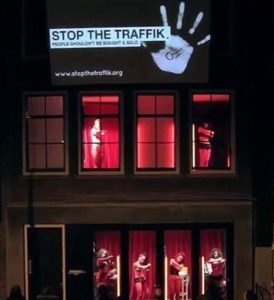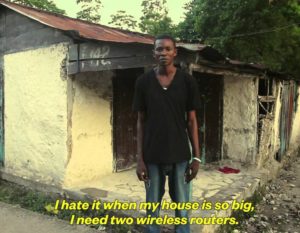Top Five Public Awareness Campaigns
Like regular businesses, NGOs and NonProfits rely on PR to get their message out there and secure funding. Below are five of the most successful public awareness campaigns of the past few years. But what made them so successful? Keep reading to find out why.
ALS Ice Bucket Challenge
 The Ice Bucket Challenge was random, letŌĆÖs be honest. How did a competition about pouring freezing cold water over your head become the most viral sensation of 2014? Whilst the origins of the bizarre practice are disputed, no one can deny its success. The US based ALS Association and motor neurone organisations worldwide received roughly US$1five0million in donations, and millions of us learned just what ALS is.
The Ice Bucket Challenge was random, letŌĆÖs be honest. How did a competition about pouring freezing cold water over your head become the most viral sensation of 2014? Whilst the origins of the bizarre practice are disputed, no one can deny its success. The US based ALS Association and motor neurone organisations worldwide received roughly US$1five0million in donations, and millions of us learned just what ALS is.
Undoubtedly, the success of this campaign is due to the engagement factor. Being challenged by a friend to pour some water over yourself goes far beyond your average media campaign. Add to the mix literally EVERY celebrity making a video, and it checks all the right boxes.
No Make-Up Selfie
This social media campaign began and the UK and spread virally throughout Australia.

The hash-tag #nomakeupselfie was a media strategy employed by Cancer Research UK and the Cancer Council in Australia. Whilst not without its critics, the media campaign was widely successful, raising millions of dollars and placing breast cancer back into the public discourse.
The strength of this campaign was that if tapped into powerful gender narratives in Australia and the UK. An element of the media campaign was highlighting the unfair standards of beauty that society places on women. This issue was then associated with another ŌĆśwomenŌĆÖs issueŌĆÖ, breast cancer, and the campaign took off.
ControlArms.org
If youŌĆÖre not familiar with this NGO, chances are youŌĆÖve seen one of their confronting infographics that frequent social media pages. With the aim of reducing arms production and trafficking worldwide, ControlArms.org has implemented a hugely successful awareness campaign over social media that has reached millions.

This campaign has implemented the shock and awe strategy very well. The infographics are quirky enough to capture your attention and then the confronting facts slap you across the face.
Stop The Traffik ŌĆō Sex Worker Dance Video
If you havenŌĆÖt seen this video, you should. ItŌĆÖs amazingly clever, and very confronting. What starts as a fun dance performance ends with the sobering message, ŌĆ£Every year, thousands of women are promised a dance career in Western Europe. Sadly, they end up here. Stop the traffik. People shouldnŌĆÖt be bought and sold.ŌĆØ

This video went viral within days of being uploaded, and to date has over 12 million views on Youtube, with millions more through social media platforms. IŌĆÖll be the first to admit that, before this video, I knew very little about the systematic abuse of young women in Eastern Europe and other areas that would find them trapped in red-light districts across Europe. Now millions are aware of the issue of human and sex trafficking.
Water is Life ŌĆō First World Problems
Another must see. The NGO ŌĆśWater is LifeŌĆÖ produced this short video in which the worldŌĆÖs poorest quote the humorous internet meme genre ŌĆśfirst world problemsŌĆÖ. But it ainŌĆÖt funny. The juxtaposition of the first and third world is confronting and an extremely effective media strategy.
With over 10 million YouTube views, this campaign drew the publicŌĆÖs attention to the issue of water security on a mass scale. 